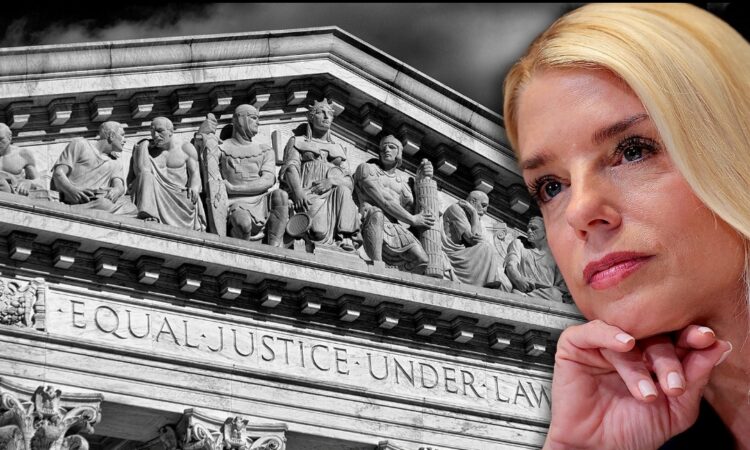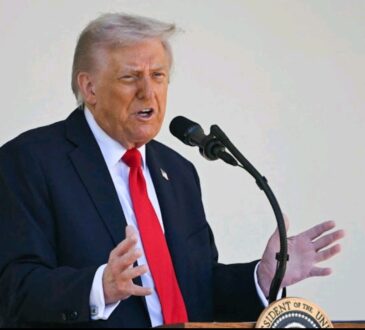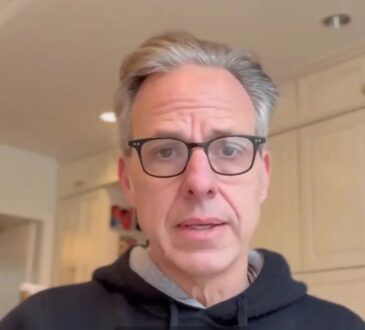
The U.S. Supreme Court doesn’t seem to care much when the Justice Department lies—even when lower court judges are raising serious alarms about it. That’s the impression being left again and again, as federal judges call out repeated falsehoods coming from government lawyers, often under the Trump administration, while the highest court just lets it slide.
One recent example comes from Judge Susan Illston, a federal judge in California. She released an unusual public statement saying that the Justice Department had misled the Supreme Court. The case was about whether Trump’s executive order—calling for federal agencies to lay off workers and restructure—was legal. The Supreme Court temporarily paused her ruling that had blocked this order, in part because the government told them that 40 layoffs across 17 agencies were at stake. That large number made it seem like any delay would cause real harm to the government’s operations.
But Judge Illston looked into it more deeply through court-ordered discovery and found that the actual numbers were much smaller—just 31 layoffs across 10 agencies. The government had exaggerated. That mattered a lot, because it showed they were trying to sway the Supreme Court using false information. She said that’s exactly *why* she needed to examine these plans in the first place: the government isn’t being honest.
This isn’t a one-off. According to legal experts like Leah Litman, it fits into a broader pattern. The Justice Department under Trump has repeatedly tried to mislead lower courts with bad information or legal tricks. They delay, hide evidence, or stretch the truth—and then plead their case to higher courts with claims that just aren’t true. Lower court judges try to hold them accountable, but the Supreme Court doesn’t seem to mind.
This has happened before. During the Trump administration’s push for the Muslim travel ban, government lawyers told the Supreme Court that waivers existed so individuals could still get around the ban if they weren’t a threat. But journalists later found out from consular officials that those waivers were essentially fake—no one was allowed to grant them. Even then, the Supreme Court upheld the ban.
It’s not that the Supreme Court doesn’t know they’re being misled. They’ve been warned. They’ve seen the evidence. But again and again, the conservative majority seems to accept the government’s arguments at face value, even when they’re shaky or false.
In another example, the government told the justices that blocking a freeze on USAID (U.S. foreign aid agency) funds would cause chaos and overload their payment systems. But lower court evidence showed the agency had already handled that kind of financial volume easily in the past. The justices were given a misleading picture—but chose not to do anything about it.
This pattern has frustrated legal scholars, judges, and watchdogs. There’s a sense that the Supreme Court has grown comfortable with “alternative facts,” turning a blind eye when government lawyers don’t play fair—especially when it’s a Republican administration pushing the agenda.
The concern isn’t just about individual cases. It’s about the bigger picture: If the Justice Department lies and gets away with it at the highest level of the courts, what does that mean for the rule of law? When the truth doesn’t matter, and accountability is optional, how long can the legal system function as it’s supposed to?
That’s the warning people like Judge Illston and legal experts like Leah Litman are trying to send. Whether the Supreme Court chooses to listen—or continue to ignore it—is still the open question.




